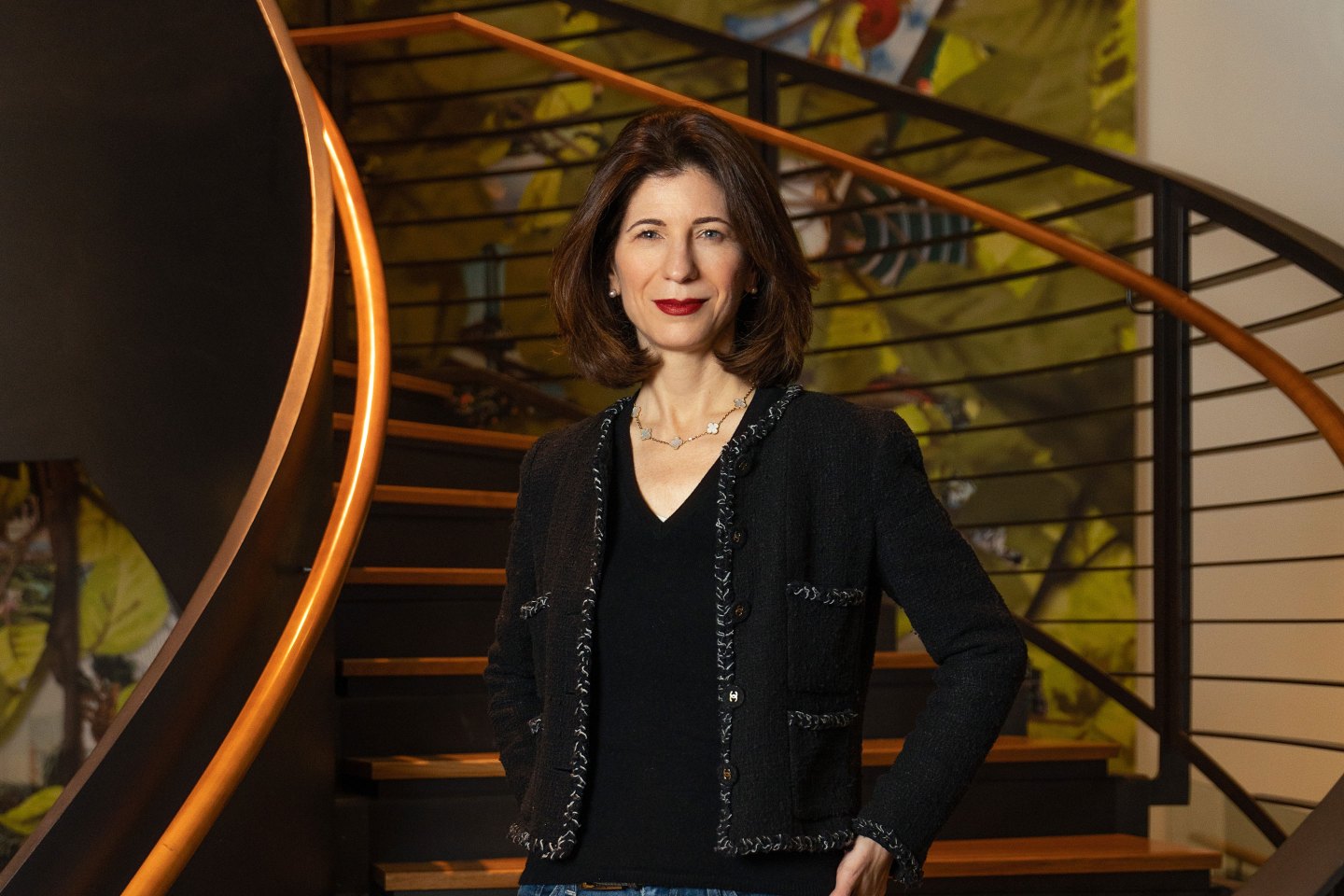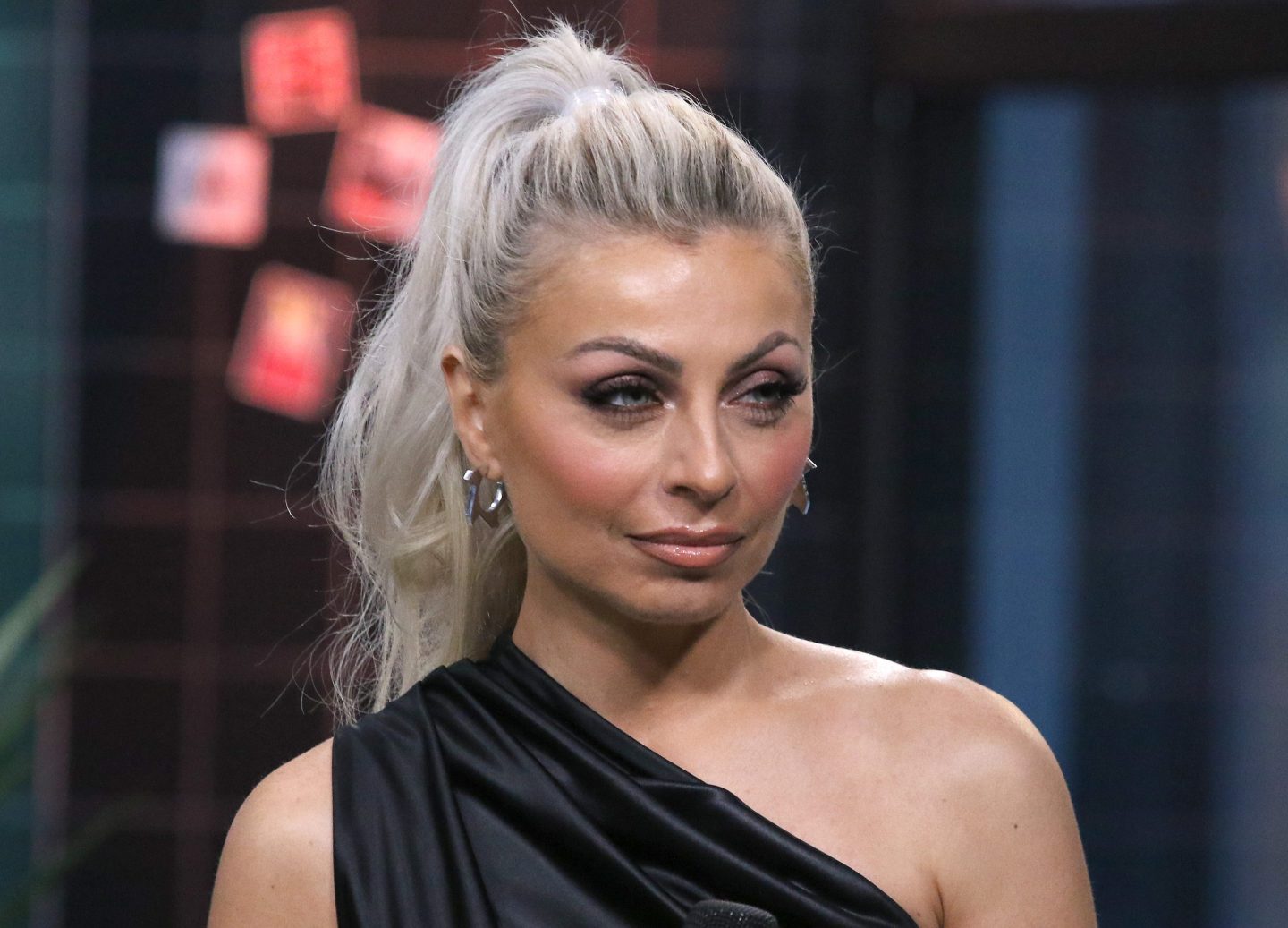Businesses have spent years trying to deeply understand Gen Z as the generation ages up and gains more purchasing power. The oldest members of the cohort are now in their late 20s, well into earning full-time salaries. Now brands that serve the younger side of the demographic are eager to understand Gen Alpha, kids under 14 (often the children of millennials) who will soon be entering their prime teen years.
Fashion and beauty probably has a head start on all of this thanks to fast trend cycles and Sephora tweens. A few weeks ago, I joined one brand that has made this work a priority: PacSun, the 45-year-old, now private equity-owned brand most recently reported to do around $1 billion in annual revenue. Millennials may remember PacSun from its mall heyday; it was originally founded as a surf brand. In recent years, it’s had a comeback with Gen Z—it’s all over TikTok Shop—and I found it fascinating how deeply PacSun is devoted to understanding these rising generations.
The retailer has tapped a youth advisory council that includes both Gen Z and Alpha members, some with millions of followers on TikTok and Instagram, and others with smaller platforms. They’ve driven social commerce for the brand, turning products like its Casey jean into hits with one viral video. PacSun has pledged to bring these youth advisors into the decision-making process—tapping them for insight into their audiences and PacSun’s customer base.
It also put out a report on the similarities and differences between generations Z and Alpha that CEO Brie Olson hopes can serve as a guide to other brands navigating these questions. “Every brand might not be serving Gen Z or Gen Alpha today, but they are their future consumer,” she told me. “Visibility, depth of understanding, transparency of where these shifts are happening and the why is so critical to a brand’s permanence and viability.”
Some top takeaways: Gen Z dress how they want to feel, while Gen Alpha dress how they want to be seen. (Perhaps not that surprising for the middle-school cohort). Gen Alpha is more motivated by trendiness; three-quarters of Gen Alpha say they’ve specifically purchased clothes to post on social media. Gen Z is more likely to follow influencers to be entertained or because they just like their content; Gen Alpha, still figuring out who they want to be when they grow up, gravitates toward influencers they find authentic or relatable or because they admire their lifestyle. Higher shares of Gen Alpha than Gen Z have made a purchase through social commerce or shopped a live-stream.
For Gen Z, it’s most important feel like part of the process with their favorite brands. I dived into the topic during a conversation onstage with the new youth advisory council at PacSun’s recent Purpose Summit in L.A. Anna Sitar, who has 12 million followers across TikTok and Instagram, told me she has a theory as to why: during the pandemic, Gen Z had “not a lot of say and control” at a formative point in their lives. “Something we know we have control over now is where we put our money and attention,” she explains.
Brands signal what matters to them by where they put their resources too—and it seems like young consumers are noticing which brands are sincerely listening to them.
Emma Hinchliffe
emma.hinchliffe@fortune.com
The Most Powerful Women Daily newsletter is Fortune’s daily briefing for and about the women leading the business world. Subscribe here.
ALSO IN THE HEADLINES
The U.S. government shutdown is closer to an end. Eight Democrats voted with Republicans to end the stalemate, without extending health insurance subsidies as had been Democrats' chief goal, including Sen. Jeanne Shaheen (D-N.H.), Sen. Maggie Hassan (D-N.H.), Sen. Catherine Cortez Masto (D-Nev.) and Sen. Jacky Rosen (D-Nev.). CNN
A NYT piece asked: 'Did women ruin the workplace?' After backlash, the Times changed the headline on the piece, a conversation between Ross Douthat and two conservative women, to the slightly less incendiary "did liberal feminism ruin the workplace?" Vanity Fair
The Supreme Court won't revisit same-sex marriage. Without comment, the court's justices turned away an appeal from Kim Davis, the court clerk who refused to issue marriage licenses to same-sex couples. AP
ON MY RADAR
The 'worst test in medicine' is driving America's high C-section rate New York Times
Will men's makeup ever go mainstream? Bloomberg
50 years of Patti Smith's Horses New York Times
PARTING WORDS
"My publishers didn’t want me to be so political, but that ship has sailed. It goes with having the title of Padma’s All American. Because I am American."
— Padma Lakshmi on her latest cookbook, which dives into immigration and cooking across cultures













